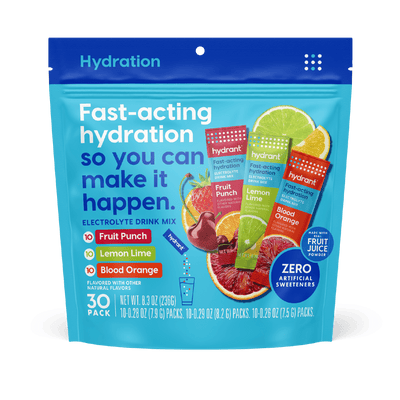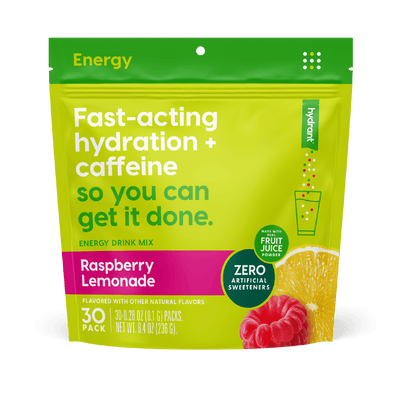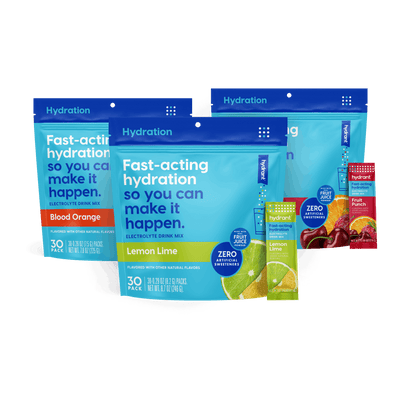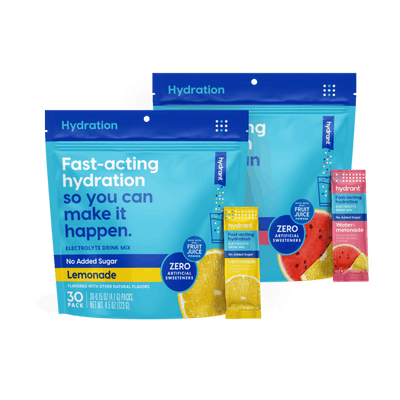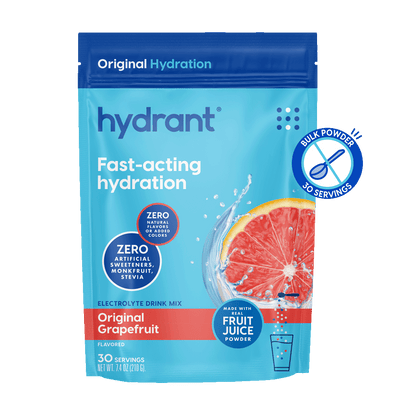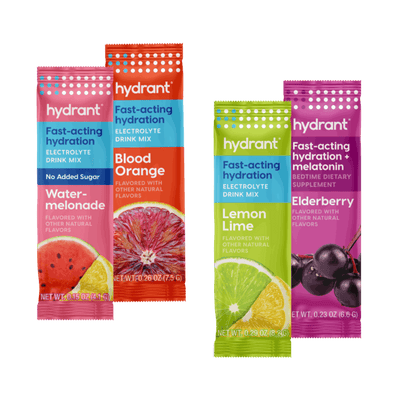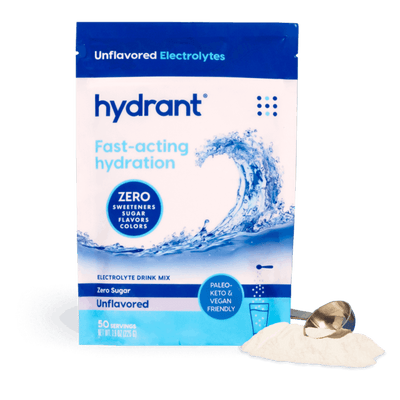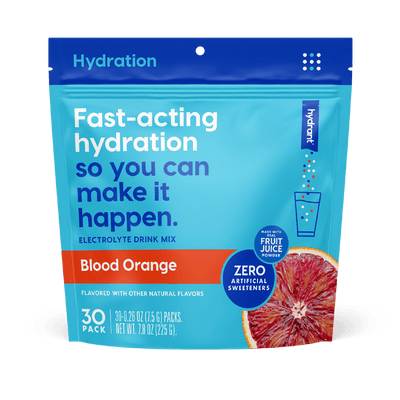Three million Americans have POTS, and hydration with proper electrolyte balance could be a key part of managing symptoms, maintaining blood pressure and nerve function.
What is POTS Syndrome?
Postural orthostatic tachycardia syndrome (POTS) is a dysautonomia - a condition resulting from improper functioning of the autonomic nervous system (ANS). The ANS controls all the body functions we don’t think about, the ones that happen subconsciously. From changing your heart rate during exercise, to making you shiver in the cold, to constricting your pupils in bright light, the ANS is hugely important, even if unnoticed [1]. It’s the unsung hero of your body’s adaptation systems.

POTS occurs when the ANS fails to make proper adjustments when you stand up (become ‘orthostatic’). Gravity is constantly acting on the blood in your body, and when you stand up, it pulls your blood down into the vessels in your legs and lower body. In order to keep good blood supply to your brain and other internal organs, your ANS acts to make the blood vessels in your lower legs contract (become tighter) and to increase your heart rate. In POTS, this tightening of blood vessels doesn’t happen, and so the heart rate is increased further to compensate, to raise blood pressure to push blood to the brain [2].
Do I have POTS Syndrome?

As many as 3 million Americans are estimated to be living with POTS. The major diagnostic marker is an increase in heart rate to over 120 beats per minute, within 10 minutes of standing up (or for those with a lower resting heart rate, an increase of heart rate more than 30 beats per minute between lying down and standing). There are several symptoms commonly associated with POTS syndrome: lightheadedness, nausea, fatigue, headaches, exercise intolerance, shaking, fainting, cold fingers and toes, and poor concentration are all symptoms of POTS. If you are experiencing the above, consider contacting your doctor [2].
POTS Syndrome and Sodium Intake
Sodium chloride infusions, and increased water and salt (sodium chloride) intake, have been shown to decrease symptoms and increase quality of life in POTS patients. The effects of increasing sodium levels include increasing blood volume, which increases blood pressure. Increasing blood pressure means increasing the volume of blood that gets to the brain when standing, which in turn reduces symptoms [3,4].
How Hydration can help with the treatment of POTS Syndrome
One of the key lines of medical management of POTS is increased fluid and salt intake, for the reasons described above. Proper hydration can be a great way to help manage the symptoms of POTS—it’s important to remember that water alone is not enough for proper hydration, particularly in POTS. The aim of good hydration in POTS is to raise blood pressure, so that adequate blood supply is maintained when standing.

Levels of sodium in the blood are used by the kidneys to decide how much water to discard in urine, and how much to keep in the blood. When levels of sodium are higher, more water is kept, so blood volume is increased, and blood pressure raised [5]. Remember, if blood pressure is too high, the effects on the body can be damaging, so sodium intake should be limited to 2,300 milligrams a day, unless advised differently by a healthcare professional [6]. Sodium also has a role in nerve function, of utmost importance when the fault of the problem in POTS lies with the ANS. So, hydration without sodium simply won’t have the same symptom-relieving effect.
Need help hydrating? Try Hydrant, a foolproof way of ensuring that your hydration habits include the proper electrolyte balance.
Is your routine dehydrating?
Writer: Ailsa McKinlay
Editor: Elizabeth Trelstad, www.hellobeaker.com
